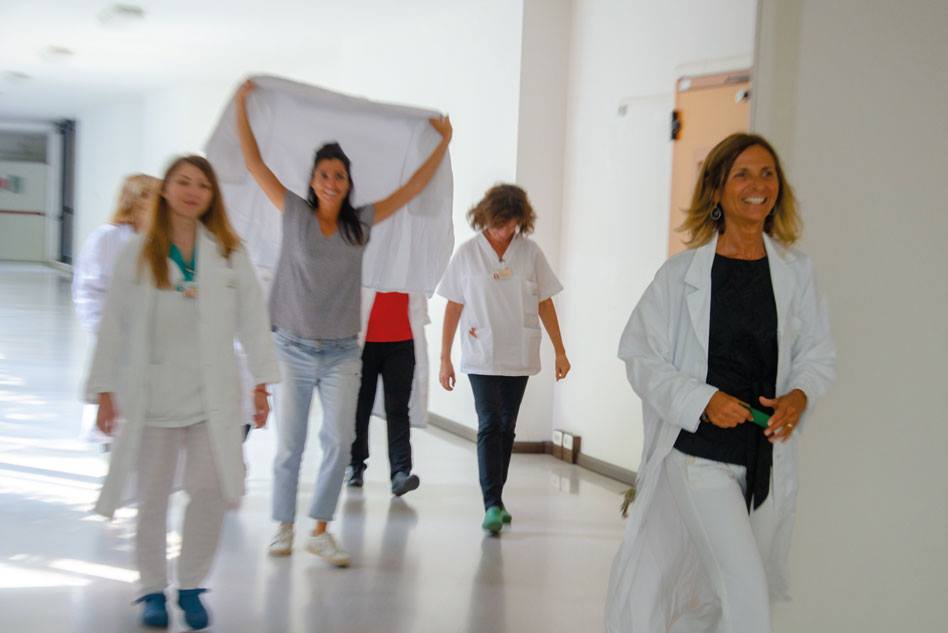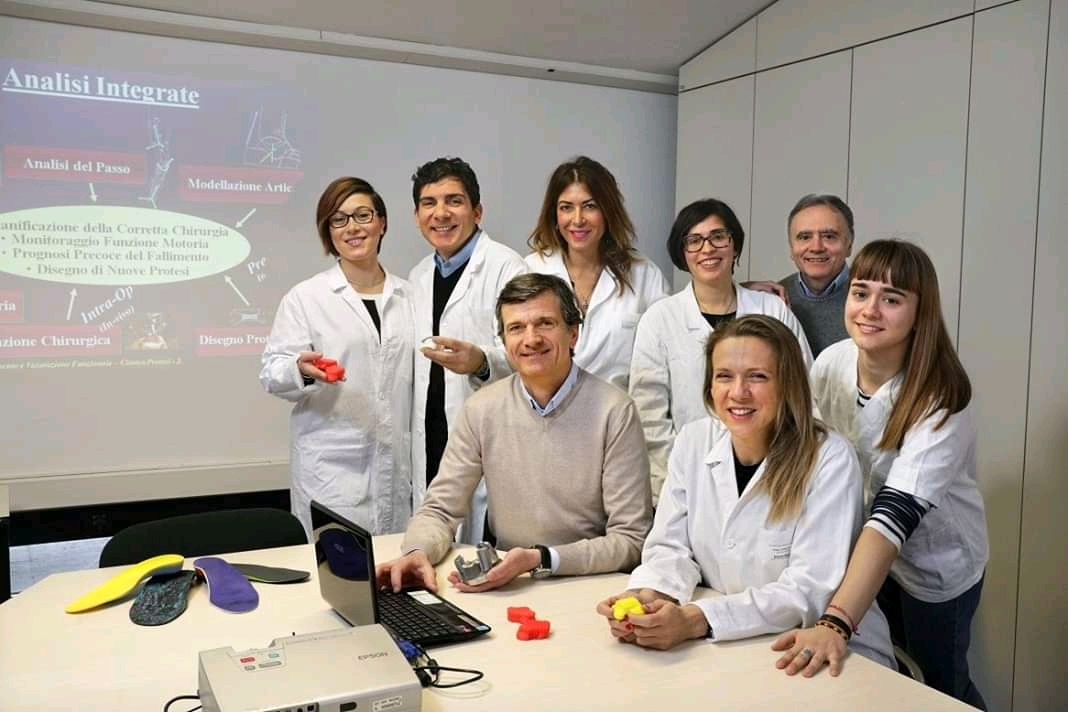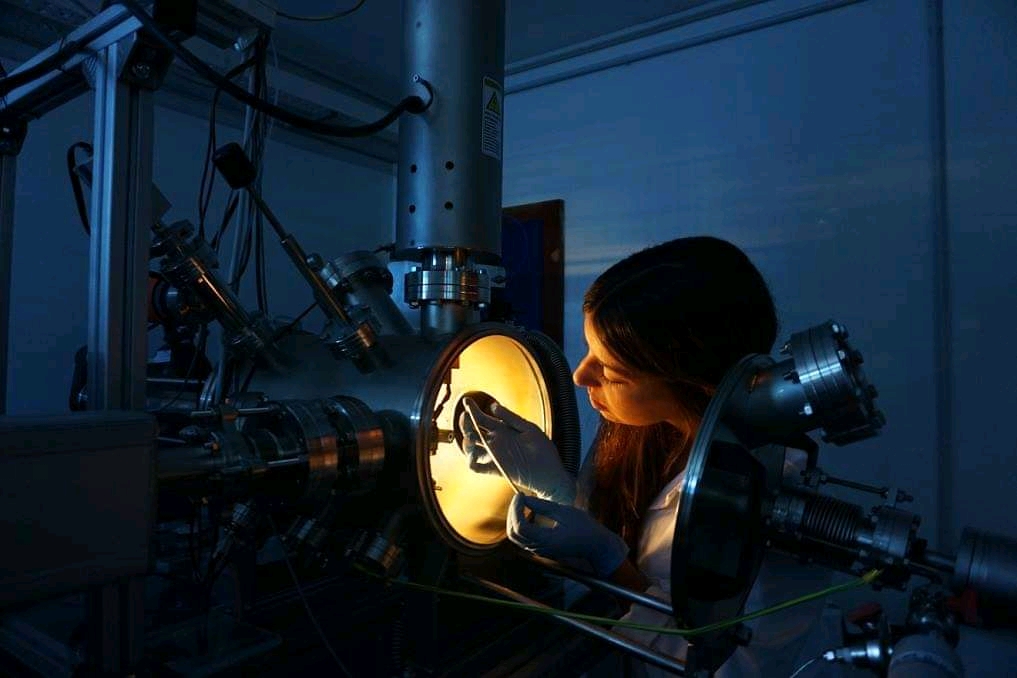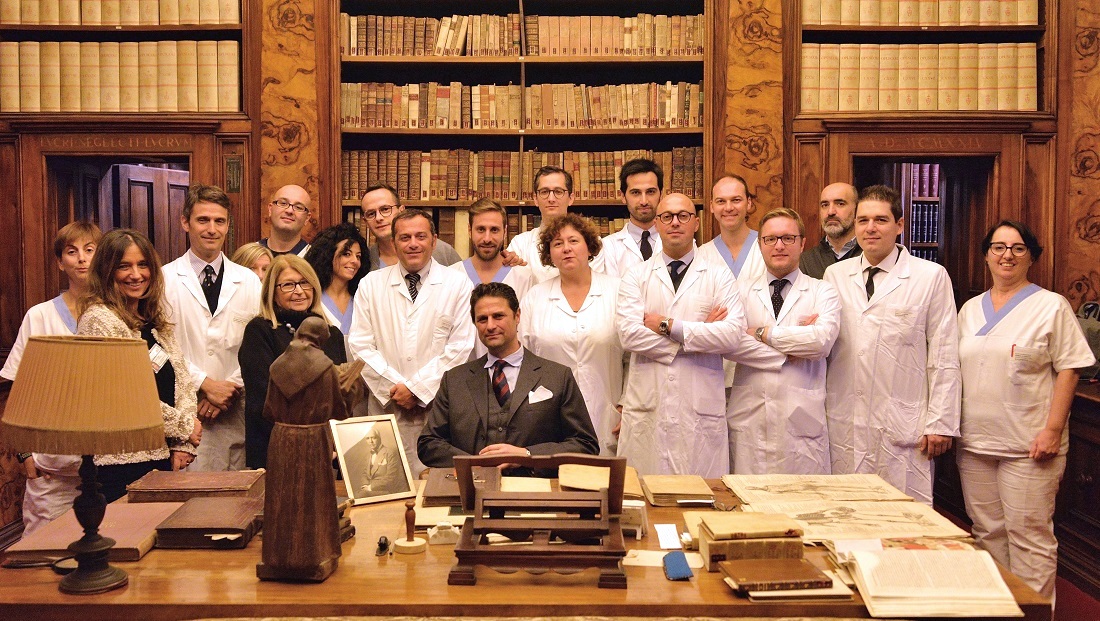IRCCS-IOR Istituto Ortopedico Rizzoli


Laboratory of Preclinical and surgical studies (LSPC)
The laboratory has a huge experience in developing in vitro experimental models (cell cultures of osteoblasts, osteoclasts, chondrocytes, tenocytes, ligament’s cells, endothelial cells, fibroblasts, macrophages, and mesenchymal stem cells from different sources and co-cultures) and preclinical studiesevaluating safety and therapeutical efficacy of therapies for traumatic, dysmetabolic, degenerative, infective and neoplastic diseases mainly of the musculo-skeletal system. To support and integrate the preclinical research, at the Laboratory analysis of molecular biology, biochemical assays, ELISA, radiographic, histological (on decalcified and not decalcified tissues), histochemical, immunohistochemical, histomorphometric, biomechanical and microtomographic tests are also conducted. Many studies are performed in collaboration with colleagues of the Rizzoli Orthopaedic Institute and other Research Institutes, Universities, public and private institutions and Italian and foreign companies.
The activity of the laboratory on the Nano-Vertebra project will be in collaboration also with Alessandro Russo, orthopedic surgeon of the II Orthopeadic and Traumatologic Clinic.
Milena Fini
Laboratory of Movement Analysis and Functional-Clinical Evaluation of Prosthesis
The Laboratory takes advantage of state-of-the-art instrumentation for the objective measurement of human motion, via stereophotogrammetry or Inertial Measurement Units (IMU), and of the internal and external forces generated through human movement, via force- and pressure-plates and EMG systems. These instruments allow accurate tracking of the kinematics and dynamics of the body segments, and of the relevant joints involved in the motor task under investigation.
Alberto Leardini

Laboratory of Nanobiotechnology (NABI)
- Development of nanomaterials and bioactive ceramic coatings, capable of improving the osteointegration of implants and biomedical devices, including custom-made devices;
- Development and characterization of antibacterial, metal and/or ceramic coatings to contrast the insurgence of infections on prostheses and biomedical devices, including custom-made devices;
- Development of coatings suitable for limiting tumoral reoccurrences in oncological patients;
- Physicochemical and morphologic characterization of materials, including nanostructured materials.
Nicola Baldini
Spine Surgery prevalently Oncologic and Degenerative
- Oncologic pathologies: primary and secondary tumors of the mobile rachis and the sacrum, hematopoietic tumors with vertebral localization;
- Degenerative pathologies: degenerative discopathy of the lumbo-sacral rachis, herniated lumbar disc, spondylolisthesis, thoracic-lumbar stenosis, herniated thoracic-rachis disc, pathologies of the cervical rachis;
- Deformities in adults;
- Traumatic fractures and insufficiency fractures (osteoporosis);
- Hematogenic spondylodiscites.
Alessandro Gasbarrini
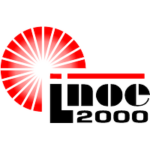
National institute for Research and Development in Optolectronics - INOE 2000
The team involved in NANO-VERTEBRA project work in the “Department of Advanced Surface Processing and Analysing by Vacuum Technologies – ReCAST” and has a large experience in managing international and national projects with complex tasks.
The team expertise relates to advanced surface processing technologies based on vacuum and plasma. These technologies have in subsidiary an extensive range of plasma generation systems and devices comprising high and ultra-high vacuum, electronic and mechanical hardware. Among these, the magnetron sputtering (DC, RF, pulsed or HiPIMS- High Power Impulse Magnetron Sputtering) in various configurations of electrodes, cathodic arc evaporation, as well as electron beam deposition technique are currently used, aiming for the development of novel coatings by Physical Vacuum Deposition (PVD) methods.
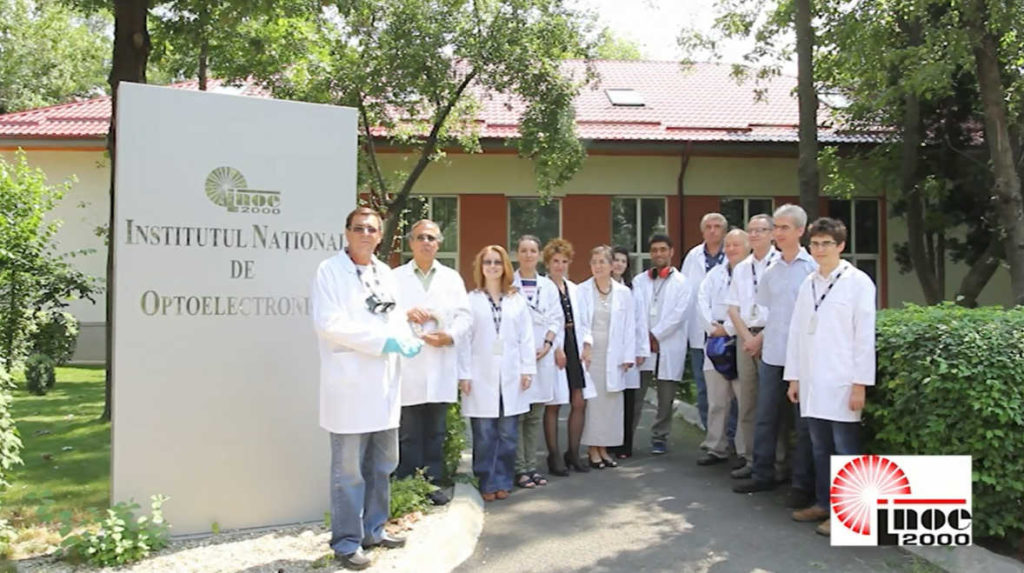
The role of the ReCAST team into the proposed project is strongly related to the previous experience, consisting in thin films development, based on the above mentioned PVD techniques, and extensive films characterization. State-of-art equipment for coatings deposition and high-end equipment for characterization are available (elemental, structural, chemical, mechanical, tribological and electrical analyses, using SmartLab high-resolution XRD for thin films, NanoSAM Lab for elemental and electron microscopy, UMT platform for micro and nano-mechanical testing), UV-VIS-IR and FT-IR spectroscopy.
ReCAST team has been /is involved many national and European projects dealing with biocompatible coatings, such as:
- FIMED, MNT-7-026 ERA-NET, “Functionalized Implant for Medicine”,
- INTELBIOCOMP, ERA.NET.RUS-PLUS-INTELBIOCOMP-INOE-44 “Fabrication and investigation of new hybrid scaffolds with the controlled porous hierarchy for bone tissue engineering”,
- CoatDegraBac, ERA.Net RUS Plus – INNOVATION – 68, “Biodegradable and non-biodegradable orthopedic implants with bactericidal coatings and controllable degradability”,
- OSTEOSURF(National project) “Biofunctionalization of implants for osteosynthesis surfaces”
- OSSEOPROMOTE (National project) “Multifunctional coatings for load bearing implants made of a novel titanium-based alloy”,
- BIOCOATING (National project) “Bioactive and antimicrobial coatings for dental and orthopeadic implants biofunctionalization” ,
- Coat4Joints (National project) “Nanostructured functionalized coatings for low wear artificial joints”,
- BioArt (National project) “Functionalised biomaterials for total arthroplasty implants”,
- DegraCoat (National project) “Novel multifunctional coatings with improved bioactive, anticorrosive and degradation features”.
During the last 5 years the team published in ISI quoted journals 30 papers dealing with biocompatible coatings.
Instituto Tecnologico de Canarias

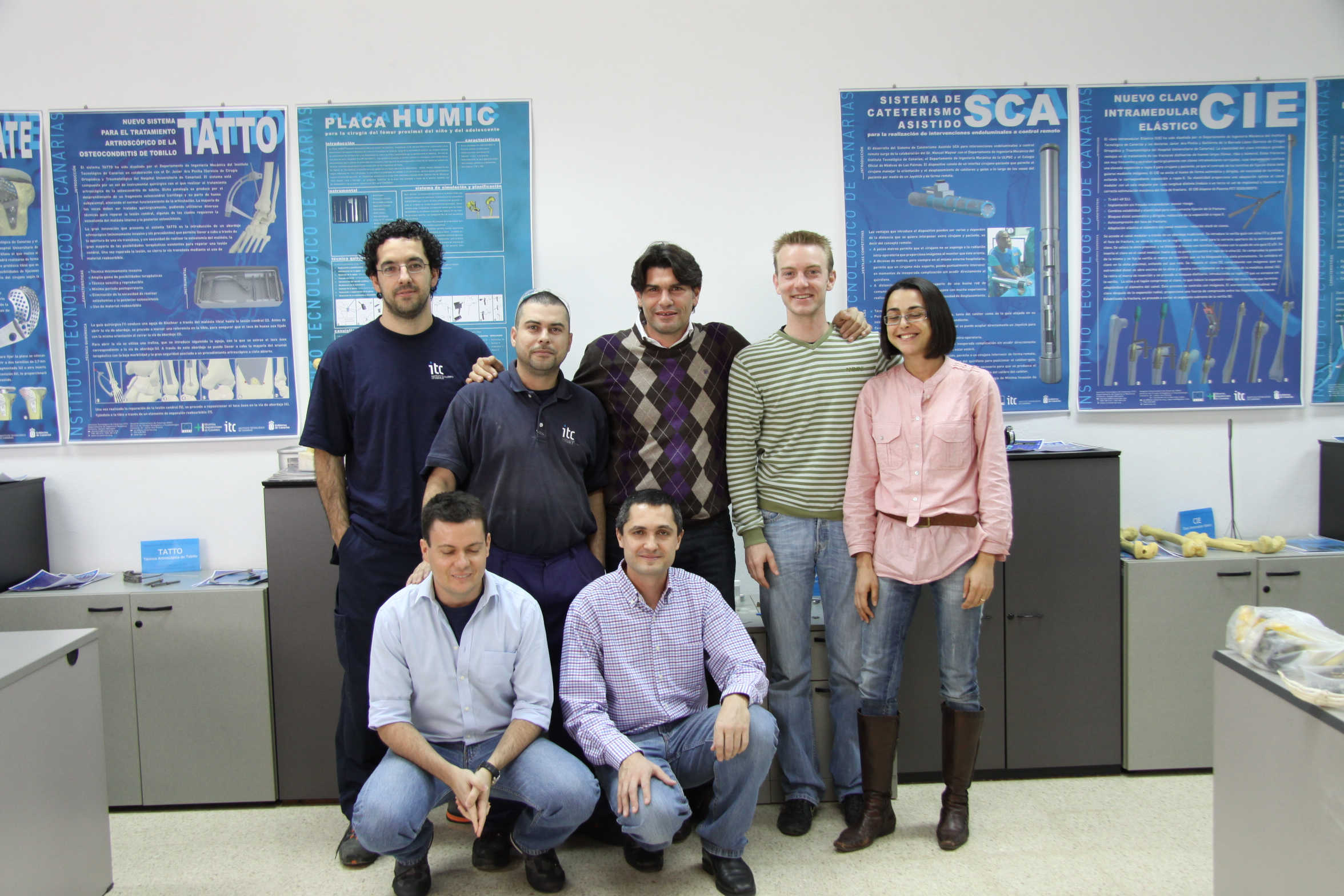
Instituto Tecnológico de Canarias (ITC, Spain) has many year experience in design and manufacturing patient´s specific implants. The implants are composed by highly porous, fully interconnected, titanium structures and are suitable for bone reconstruction and regeneration. These applications are based on preliminary comparative studies on different types of simple porous titanium structures (diamond, different cubic families, cross), having different porosity, for which ITC has also tested mechanical properties under compression and torsional loads. These tests and previos biological investigations indicate that the design of scaffolds having tailored morphology and optimized mechanical properties, allows achieving early stability (even in loading conditions) for large bone defects and significant bone ingrowth, thanks to the selected porosity, which favors vascularization and osseointegration.
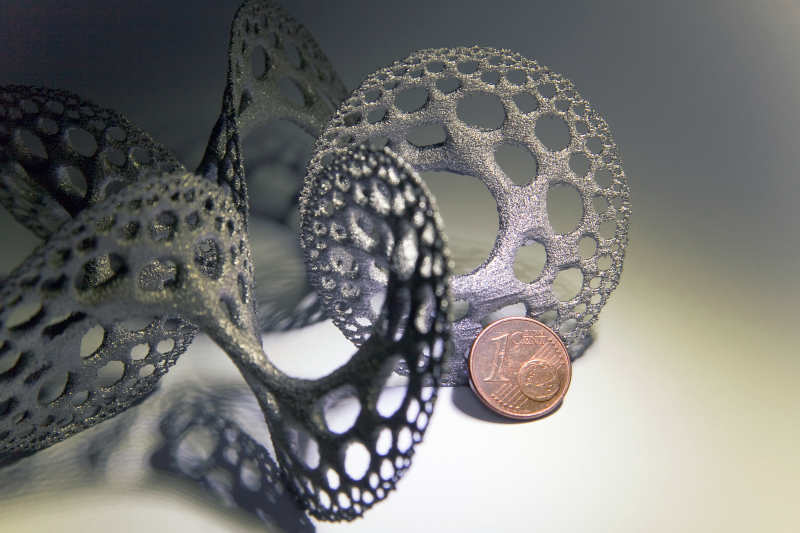
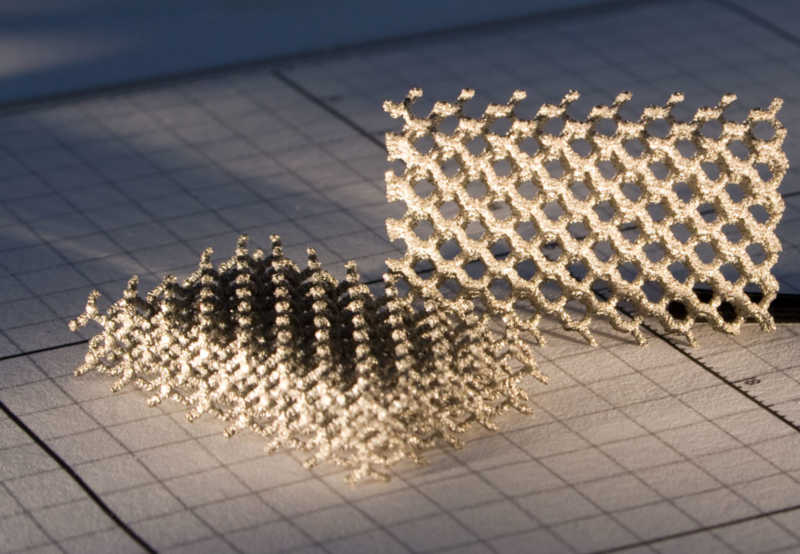

National Taiwan University
National Taiwan University (NTU, Taiwan) also has experience on movement analysis and in design and characterization of custom-made orthopedic devices and has an ongoing collaboration with IOR on these topics.
NTU will study the exploitation of the developed solutions in the Asian Market that is the leading market for antibacterial coatings. They will evaluate and highlight the clinical needs that the project should address compared to those required by the European Market, as the infection rates and the mitigation measures adopted to avoid their occurrence can significantly vary between different countries. In addition they will investigate industrial sustainability and commercial scenarios for NANO-VERTEBRA devices.


